World Economic Development Organization - Pacific Islands restoration
World Economic Development Organization - Philippines
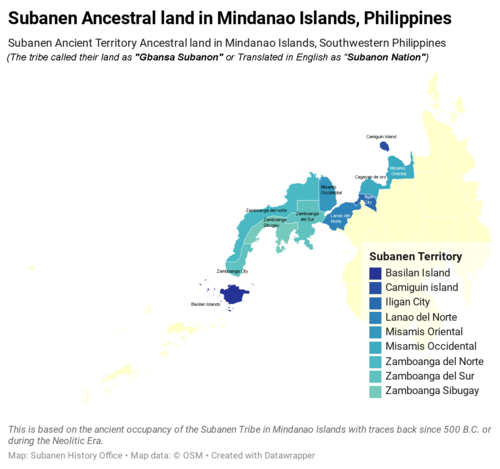
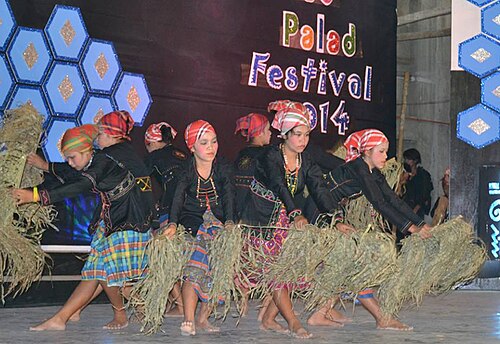
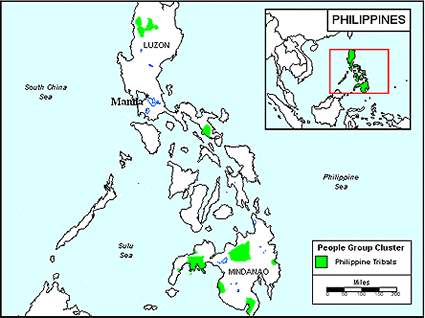
Indigenous Peoples of the Philippine
The indigenous peoples of the Philippines are a diverse group with rich cultural heritage and significant contributions to the country’s history and society. This report provides an overview of their demographics, cultural practices, challenges, and legal rights.
The Philippines is home to over 17 million indigenous peoples, comprising 110 ethnolinguistic groups. These groups are spread across the archipelago, with significant populations in Luzon, Mindanao, and the Visayas.
The indigenous population is estimated to be between 10% and 20% of the national population.
Igorot: Found in the northern mountains of Luzon, particularly in the Cordillera Administrative Region, the Igorot comprises various groups such as the Bontoc, Ibaloi, Ifugao, and Kalinga
Lumad: This collective term refers to non-Muslim indigenous groups in Mindanao, including the Manobo, Talaandig, and Bagobo
Mangyan: Located on the island of Mindoro, the Mangyan are known for their distinct cultural practices and languages
Aetas: One of the earliest known inhabitants of the Philippines, the Aetas are now scattered in mountainous areas across the country
Indigenous peoples in the Philippines have retained much of their traditional, pre-colonial culture, social institutions, and livelihood practices. They are known for their vibrant and varied cultures, with each group having unique traditions, languages, and social structures.
Challenges Faced by Indigenous Peoples
Indigenous communities in the Philippines face numerous challenges, including poverty, lack of access to social services, and economic and political marginalization. They are often located in geographically isolated areas, which exacerbates their exclusion from mainstream opportunities.
Legal Rights and Advocacy
The Indigenous Peoples’ Rights Act (IPRA) of 1997 is a key piece of legislation that recognizes and protects the rights of indigenous peoples in the Philippines. It acknowledges their rights to ancestral domains and self-directed development. Despite this, indigenous peoples continue to face threats such as land grabbing and human rights violations
The indigenous peoples of the Philippines are a vital part of the nation’s cultural and historical fabric. While they have made significant contributions to society, they continue to face challenges that require concerted efforts from the government and civil society to address. Understanding and respecting their rights and cultural heritage is crucial for fostering an inclusive and equitable society.
Economic Development Needs for Indigenous Peoples in the Philippines
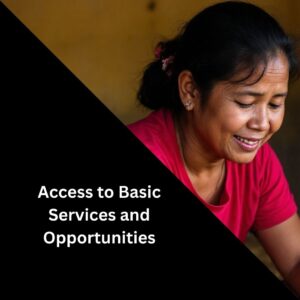
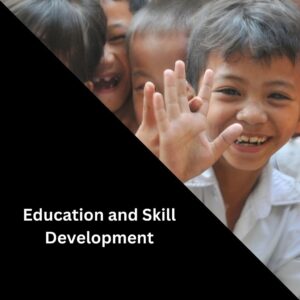
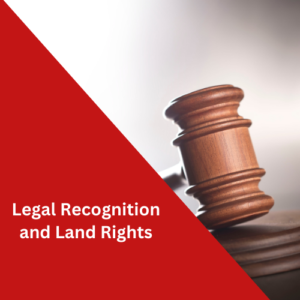

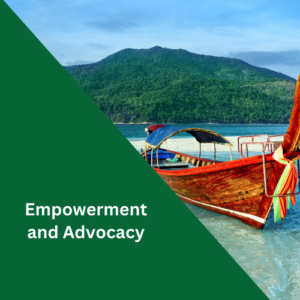
The economic development of indigenous peoples in the Philippines is a multifaceted issue that requires a comprehensive approach. This report synthesizes key points from various sources to outline the necessary economic development strategies and interventions.
Access to Basic Services and Opportunities
Indigenous communities in the Philippines often lack access to essential services and economic opportunities. Improving access to water, sanitation, education, and health services is crucial for enhancing their welfare and reducing poverty. These communities are typically located in geographically isolated areas, which exacerbates their exclusion from social services and economic opportunities.
Education and Skill Development
Education is a critical area for development, as indigenous peoples lag behind in educational attainment compared to non-indigenous populations. Addressing high levels of illiteracy and unemployment is essential, as these factors contribute to poverty and social exclusion. Programs that provide education and skill development, particularly for indigenous youth, can unlock the potential of indigenous knowledge and support sustainable development.
Legal Recognition and Land Rights
Strengthening the legal recognition of indigenous peoples’ rights to their ancestral domains is vital for their economic development. Protecting land rights is a crucial step in addressing poverty and conflict, as land ownership is often disregarded or threatened by external forces. Certificates of Ancestral Domain Titles have been approved for a portion of the country’s land area, but the process needs to be expedited.
Sustainable and Inclusive Economic Development
Economic development strategies should be sustainable and inclusive, reflecting indigenous worldviews and values. Indigenous peoples have a deep understanding of the environment and emphasize reciprocal relationships with nature, which can lead to more sustainable economic practices. Development approaches should be co-created with indigenous communities, integrating their perspectives and aspirations.
Empowerment and Advocacy
Empowering indigenous peoples to advocate for their rights and practice self-determined development is essential for their economic advancement. Engaging indigenous peoples as partners in development processes can enhance governance, human rights, and sustainable environmental management. Programs that support indigenous entrepreneurship, such as social enterprises, can provide alternative income sources and contribute to sustainable development.
Conclusion
The economic development of indigenous peoples in the Philippines requires a holistic approach that addresses access to basic services, education, legal rights, and sustainable practices. By empowering indigenous communities and integrating their knowledge and values into development strategies, it is possible to foster inclusive and sustainable economic growth that respects their rights and enhances their welfare.